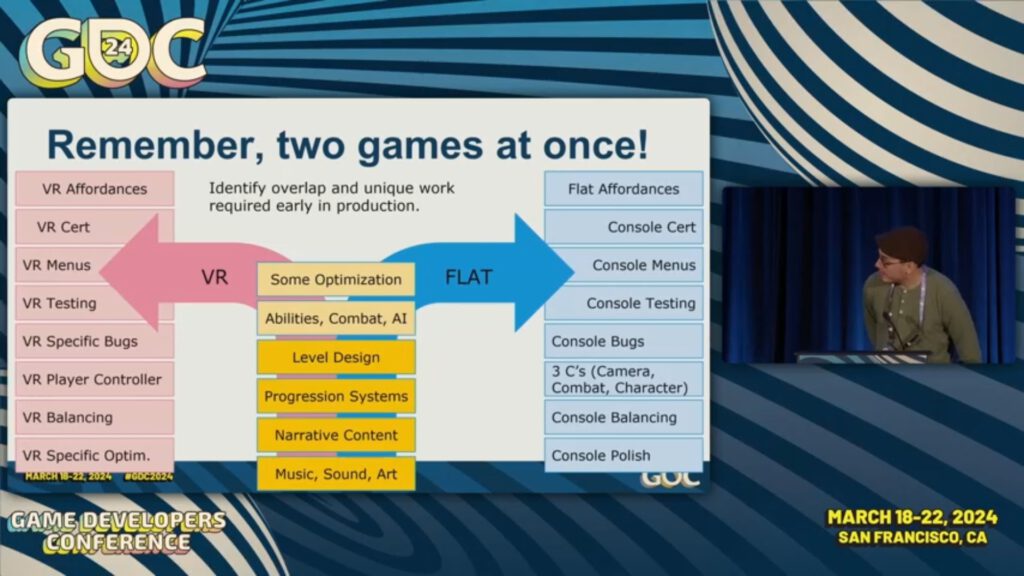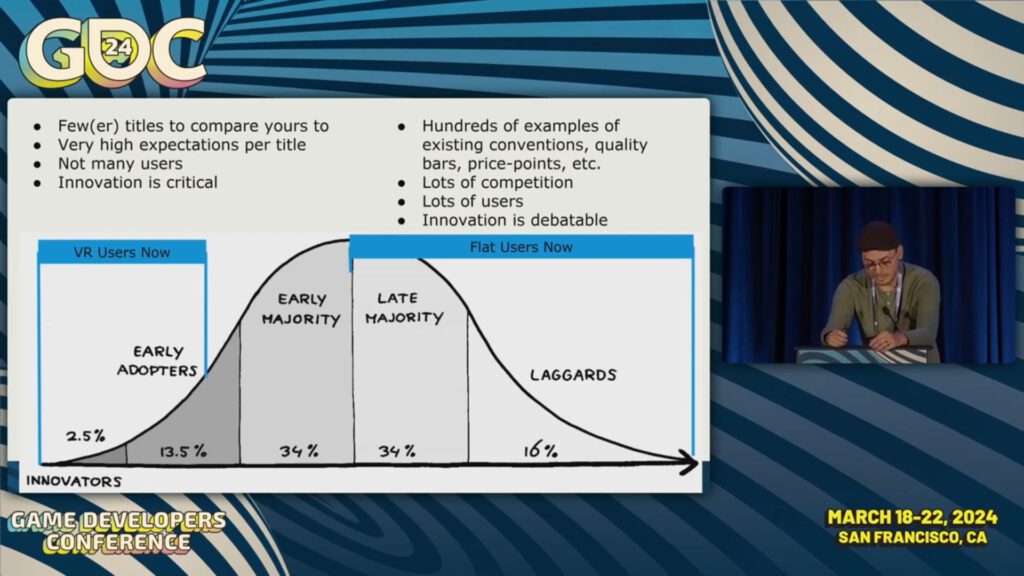GDC 2024 allocated an entire day to discuss the current state and future development of VR Gaming at the Future Realities Summit in San Francisco. Despite its status as a niche within the broader gaming market, the significance of VR gaming may escalate due to the pressing need for innovation amidst a stagnant market environment. This stagnation is characterized by post-pandemic hype correction, increasing production costs, oversaturation of blockbuster titles, and substantial inventory reductions.
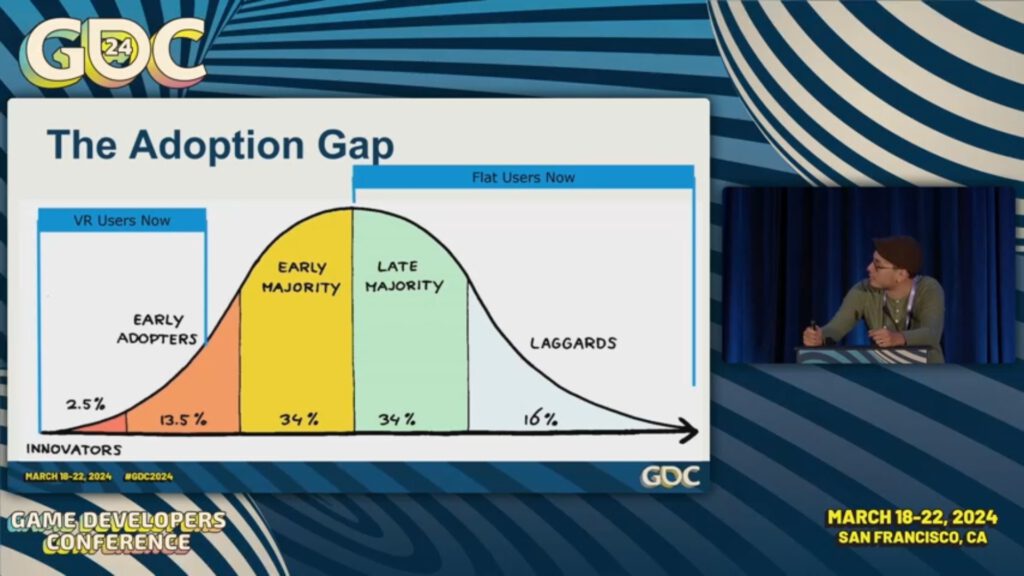

Simultaneously, the complexity and scale of VR production values are on the rise. The segment now offers a diverse array of reality blending, spanning from Virtual Reality (VR) to Mixed Reality (MR) and Augmented Reality (AR), hybrid developments, cross-platform ports, and spatial computing experiences. Nonetheless, bridging the adoption gap between traditional gaming markets and VR games remains a formidable challenge.
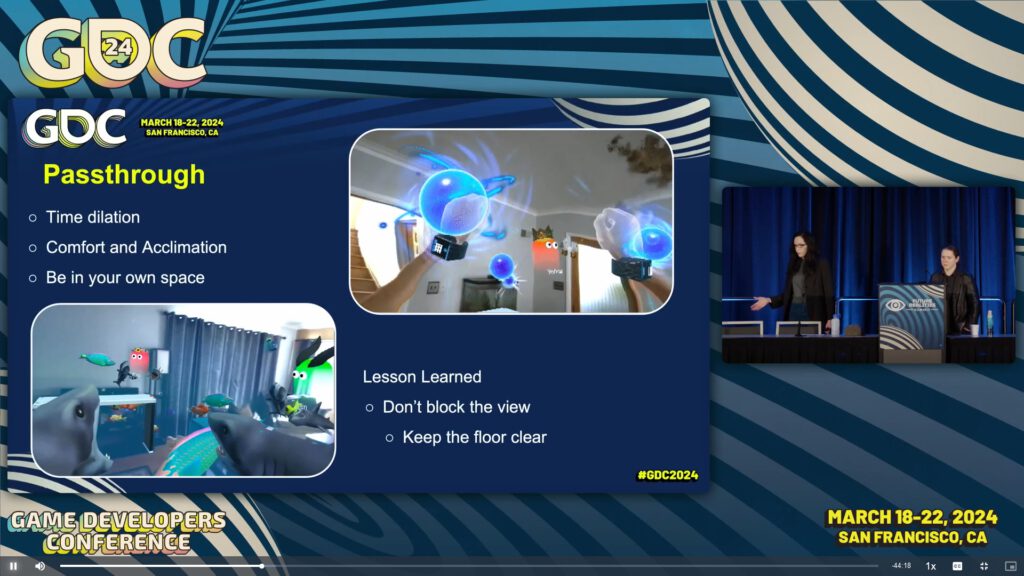
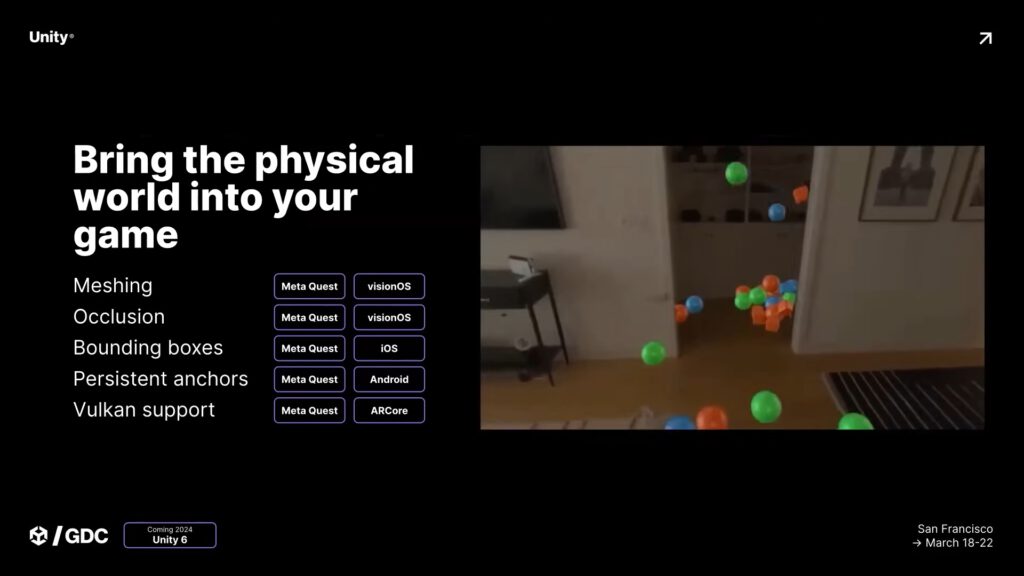
Established VR developers are now targeting mid-core audiences with extended gaming experiences and AAA quality achievements, even on standalone headsets. Meanwhile, promotions of MR applications are geared towards a casual audience, featuring more accessible mini-games based on video passthrough and hand tracking interactivity. Hybrid game developers are synchronizing flat game production with immersive workflows to offer a one-size-fits-all product, aiming to bridge the audience gap. Additionally, the VR modding scene is evolving, professionalizing through the porting of traditional games into immersive experiences via licensing deals.


Despite the growing production experience and the emergence of new fields of activity, the VR gaming business remains niche, particularly when tethered to established gaming patterns. Navigating the diverse platforms within the VR segment is already challenging, given the rapid evolution of software and technologies. Aligning VR development with traditional game production presents an even greater challenge, as the low-hanging fruits seem to exist in entirely different realms. There is no straightforward equation for bridging the adoption gap; instead, the segmentation and adaptation may lead to a clustering of mini-niches rather than a standardized formation.


Jesse Schell’s forecast predicts a 15% market share for VR games in the gaming markets until 2040, a modest projection compared to his previously optimistic outlooks at prior GDC editions. However, at this level, such a plateau of productivity promises relevance, stability, and resilience for innovation during times of stagnation, deterioration, and disorientation with standard industry procedures. Furthermore, there is enormous potential for immersive entertainment to establish its own standards when unbundling from screen-oriented media habits.
